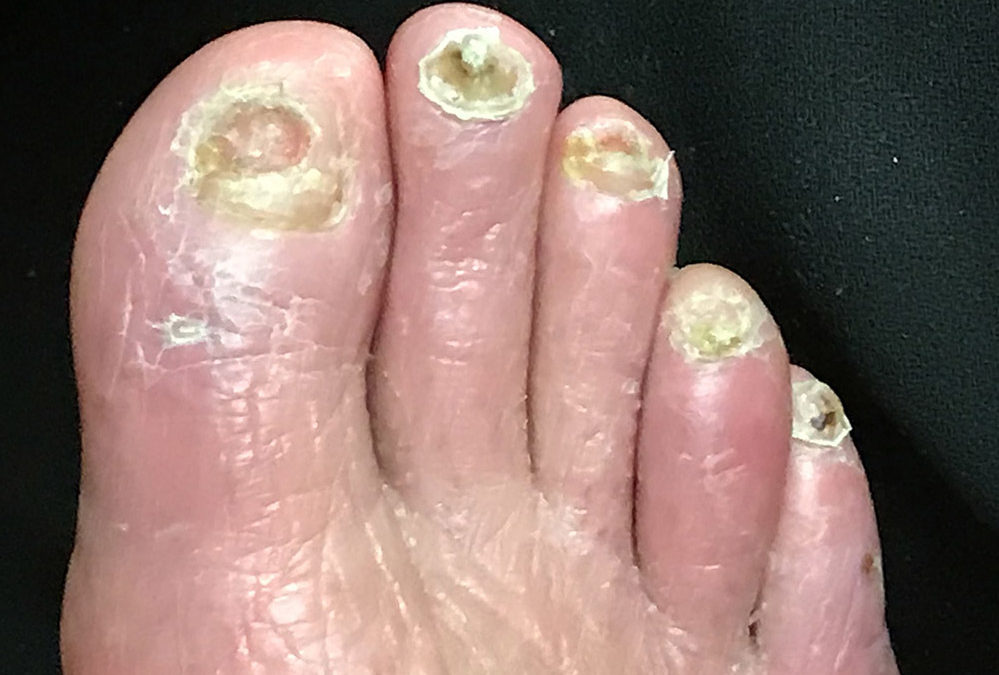This week I saw a lady who has already lost one leg due to ischemia. Now her right foot has been “turning red” (her words) and she’s started sleeping in a chair due to foot pain. I showed her the way her foot changes color from dependency (photo 1) to elevation (photo 2). This color change takes only a few seconds.

Photo 1 is classic “ischemic rubor.” I thought I’d review exactly WHY dependency causes redness in some ischemic limbs and discovered that there’s debate about the mechanism of ischemic rubor. I think I found about three different explanations. Most of the literature focuses on the importance of recognizing this physical finding and its predictive value with regard to future limb loss, but I remain curious. I thought I’d let you guys explain the mechanism of ischemic rubor to me!

Dr. Fife is a world renowned wound care physician dedicated to improving patient outcomes through quality driven care. Please visit my blog at CarolineFifeMD.com and my Youtube channel at https://www.youtube.com/c/carolinefifemd/videos
The opinions, comments, and content expressed or implied in my statements are solely my own and do not necessarily reflect the position or views of Intellicure or any of the boards on which I serve.




with this color change, you may have a change in heart rhythm at the same time. The best treatment and facilitate a breathing of the skin by evacuating the keratosis crust that stifles the limbs. otherwise, it will end up suffocating the brain and the heart. it’s easy to do.
ishemia feeds hyperkeratosis and hyperkeratosis makes ishemia progress, together they end up destroying everything. It is easier to tackle hyperkeratosis, to counter the morbidity that is carried by ishemias
Et, le traitement de l’hyper kératose, la cause fondamentale de toute la complications diabétique ou des blessures chronique, s’avère un grand succès. C’est simple et facile à appliquer